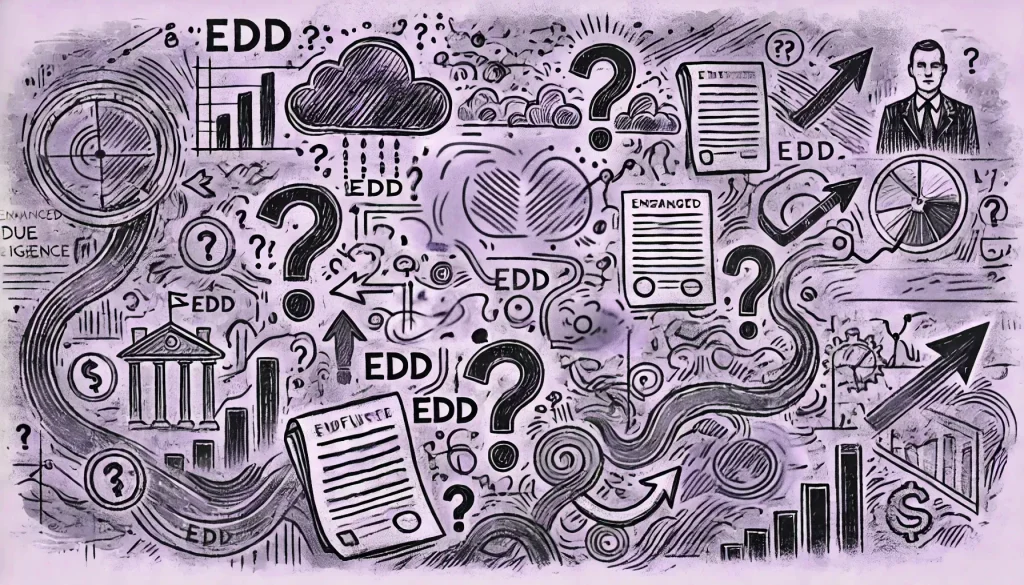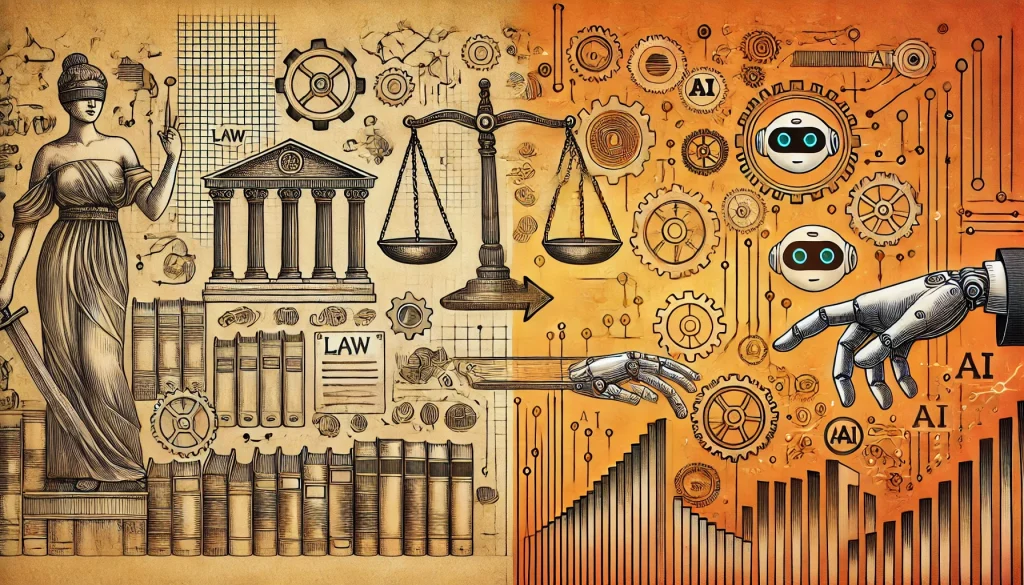In the rapidly evolving landscape of legal compliance, AI and automation are becoming indispensable tools for Anti-Money Laundering (AML) efforts. These technologies are transforming how law firms and compliance teams manage and streamline their processes, making them more efficient and effective. AI and automation can quickly analyse vast amounts of data, identify patterns, and flag suspicious activities that might otherwise go unnoticed in traditional manual reviews. By leveraging machine learning algorithms and advanced data analytics, these technologies provide real-time insights and predictive analytics, allowing firms to stay ahead of regulatory changes and potential threats.
Automation further aids in reducing human error and administrative burdens by automating routine tasks such as document verification, client onboarding, and ongoing monitoring. This not only enhances accuracy but also frees up valuable resources, enabling compliance professionals to focus on more complex and strategic aspects of their work. As the regulatory environment becomes increasingly stringent, the adoption of AI and automation in AML compliance is not just an option but a necessity for law firms aiming to maintain robust compliance frameworks and protect their clients and themselves from financial crimes.
AI and Automation in Legal Compliance
During today’s Compliance Collective discussion, legal experts and compliance professionals gathered to explore the evolving role of AI and automation in legal compliance, highlighting practical applications. These technologies significantly reduce manual intervention, improving efficiency and accuracy, which in turn, allows compliance teams to focus on more complex tasks and ensures that clients are onboarded quickly and securely.
Challenges and Solutions
Common challenges faced by law firms in adopting AI and automation were addressed, including evolving regulations, budget constraints, and the need for stakeholder management. The experts emphasised that embracing automation is a journey. Law firms should start by digitising manual processes before gradually integrating AI-enhanced solutions. The transition requires careful planning and a phased approach to ensure smooth implementation and acceptance by all stakeholders.
Insurance and Liability Concerns
A significant portion of the discussion revolved around insurance and liability aspects of using third-party compliance solutions. The experts emphasised that these platforms undergo rigorous testing and are often covered by insurance to mitigate potential risks. However, they stressed that the ultimate responsibility still lies with the law firms, highlighting the importance of comprehensive due diligence and continuous monitoring.
Future Prospects
The session also touched on the potential of AI in predictive analytics and dynamic risk scoring. These technologies, although still in their nascent stages, hold promise for transforming compliance processes. Predictive analytics can help law firms anticipate risks and adjust their strategies proactively. Dynamic risk scoring, which provides real-time updates on client risk profiles, was discussed as a future development that could significantly enhance compliance efforts.
Key Takeaways
- Embracing AI and automation in legal compliance is a gradual process requiring careful planning and stakeholder buy-in.
- Practical benefits of automation include biometric verification and document anti-tampering checks.
- Despite technological advancements, human oversight remains crucial to ensure compliance and mitigate risks.
- The future of legal compliance lies in predictive analytics and dynamic risk scoring, offering proactive solutions to evolving challenges.
In Conclusion
The Compliance Collective’s discussion underscored the transformative potential of AI and automation in legal compliance, offering valuable insights for law firms navigating this evolving landscape. Stay tuned for next week’s session on electronic ID and verification systems, continuing the conversation on innovative compliance solutions.
Maximise your compliance!
Discover how our innovative courses can transform your firm’s skills and knowledge. Ensure your team always stays compliant, knowledgeable, and motivated to drive your organization forward.




